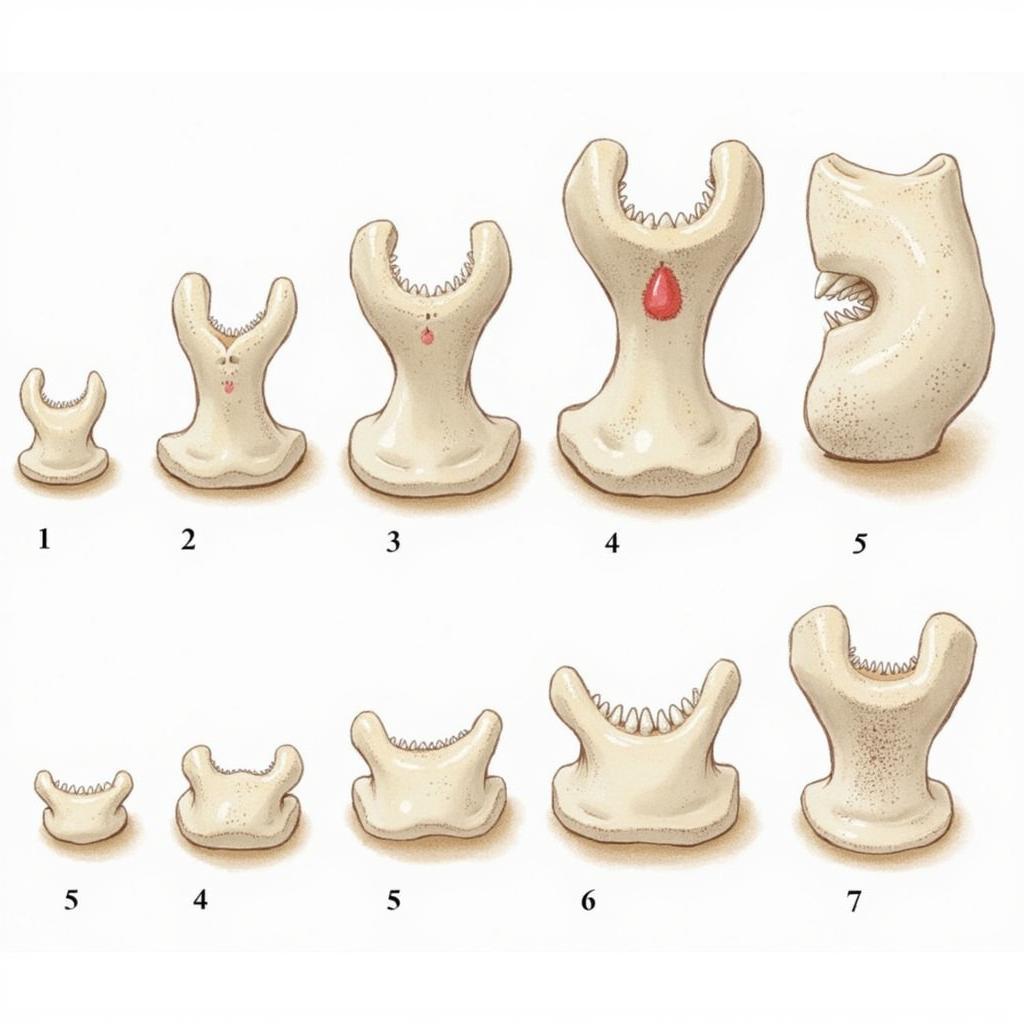Capturing Family Bonds: A Guide to African Attire Family Pictures
African Attire Family Pictures are a beautiful way to celebrate heritage, unity, and the vibrant tapestry of African cultures. These photographs aren’t just images; they’re tangible expressions of pride, connection, and a shared identity. From the bold Kente cloth of Ghana to the intricate beadwork of the Maasai, African attire reflects a rich history and diverse traditions. Whether you’re planning a special occasion or simply want to create lasting memories, this guide will explore the beauty and significance of African attire family pictures.
Choosing the right attire for your African family pictures is an exciting journey in itself. Each region and culture boasts unique styles, fabrics, and embellishments, allowing you to tell your family’s story through clothing. Consider exploring the vibrant patterns of Ankara, the regal elegance of Asoke, or the flowing silhouettes of Dashikis. Selecting complementary colors and patterns for each family member can create a visually harmonious and stunning photograph. Don’t hesitate to incorporate traditional accessories like headwraps, jewelry, and walking sticks to complete the look. Remember, these photographs are not only about aesthetics but also about expressing the unique personality and heritage of your family.
Showcasing Your Heritage Through African Prints
African prints are a powerful way to connect with your roots and tell your family’s story. The vibrant colors and symbolic patterns often hold deep cultural meaning, adding another layer of significance to your family portraits. What story does your family want to tell? Are you drawn to the geometric precision of Kente cloth, signifying royalty and wisdom? Or perhaps the swirling motifs of Ankara, representing the dynamic energy of modern Africa? Researching different prints and their meanings can add depth and authenticity to your photographs.
Thinking about getting matching outfits for your next Christmas celebration? Check out some inspirational african american family christmas pictures.
Choosing the Perfect Location for Your Photoshoot
The backdrop for your African attire family pictures plays a crucial role in setting the mood and enhancing the overall aesthetic. Do you envision a natural setting that complements the earthy tones of your chosen attire? A lush garden, a serene beach, or even a simple field can provide a beautiful and organic backdrop. Or perhaps you prefer a more urban setting that contrasts with the traditional elements of your clothing? A vibrant cityscape or a historic landmark can create a dynamic and visually interesting juxtaposition. The key is to choose a location that reflects your family’s personality and enhances the beauty of your chosen attire.
Styling Tips for Stunning African Attire Family Portraits
From headwraps to jewelry, accessories can elevate your African attire family pictures to the next level. Headwraps, for instance, aren’t just fashionable; they’re a symbol of cultural pride and feminine strength. Experimenting with different tying styles and fabrics can add a touch of individuality to each family member’s look. Similarly, traditional African jewelry, crafted from beads, shells, or precious metals, can enhance the overall aesthetic and add a touch of cultural significance.
For inspiration on capturing powerful images of young individuals, explore some african boy pic.
What are some popular styles of African attire for family photos?
Some popular choices include Ankara, Kente, Dashikis, and Asoke, each representing a unique cultural heritage.
How can I incorporate accessories into our African attire family pictures?
Headwraps, jewelry, and walking sticks are great options, adding a touch of cultural significance and personal style.
Where can I find inspiration for African attire family pictures?
Online platforms like Pinterest and Instagram offer a wealth of ideas and inspiration for styling and posing.
You might also be interested in exploring the spiritual side of African American culture through african american church pictures.
Capturing your family’s essence in African attire is a celebration of heritage and a testament to the power of unity. African attire family pictures are more than just photographs; they are a legacy, a visual narrative passed down through generations. From selecting the perfect attire to choosing a meaningful location, every detail contributes to the creation of a cherished family heirloom. So, embrace the vibrant colors, rich textures, and symbolic patterns of African attire and create a stunning visual story that your family will treasure for years to come.
FAQ
-
What are some popular African fabrics for family pictures? Ankara, Kente, and Asoke are popular choices.
-
Where can I find authentic African attire? Local markets, online retailers, and specialized boutiques offer a wide selection.
-
How do I choose colors that complement each other? Consider using a color wheel or consulting with a stylist specializing in African fashion.
-
Can I mix and match different African prints? Absolutely! Mixing and matching prints can create a dynamic and personalized look.
-
How can I make my children comfortable during the photoshoot? Choose comfortable fabrics, plan breaks, and incorporate fun activities to keep them engaged.
-
What poses are suitable for African attire family pictures? Traditional poses, candid shots, and action shots can all capture the unique energy of your family.
-
What if my family members have different skin tones? Choose colors that complement a range of skin tones, or opt for a mix of complementary colors.
For those looking for heartwarming images of babies, check out these adorable african black baby pictures. Or perhaps you’re in the mood for a laugh? Browse these hilarious african funny memes.
For further assistance, please contact us: Phone: +255768904061, Email: kaka.mag@gmail.com, Address: Mbarali DC Mawindi, Kangaga, Tanzania. We offer 24/7 customer service.

